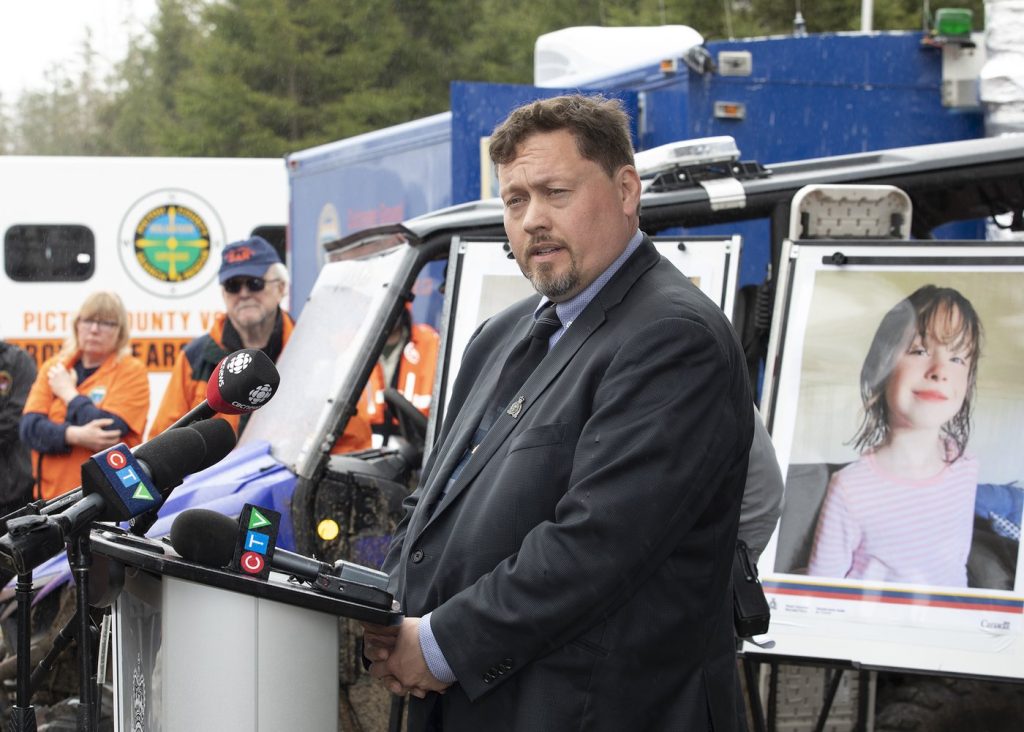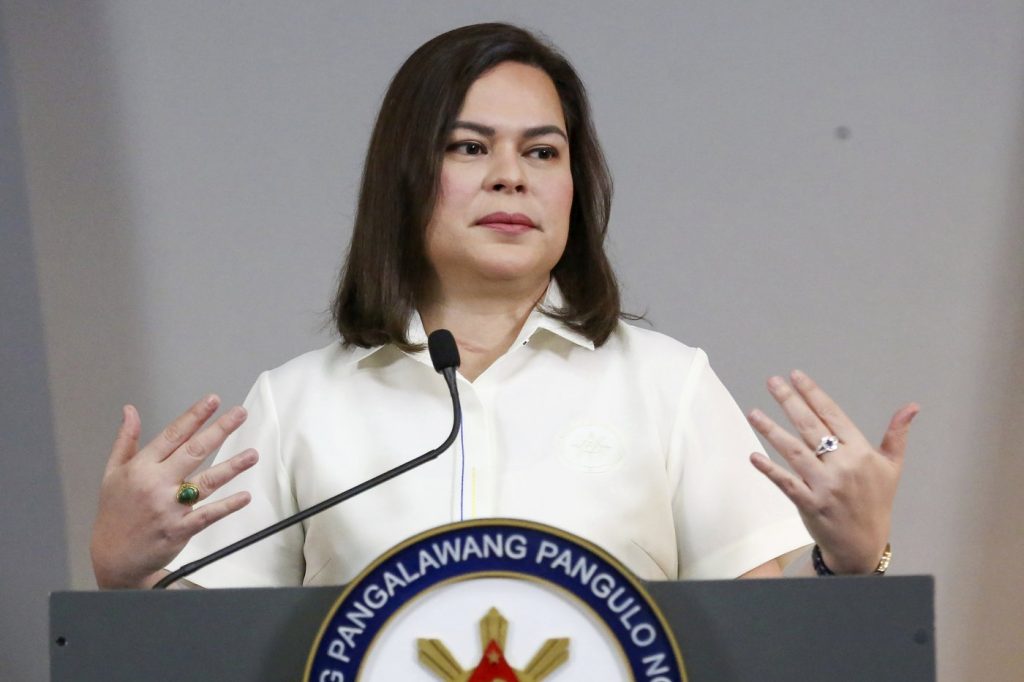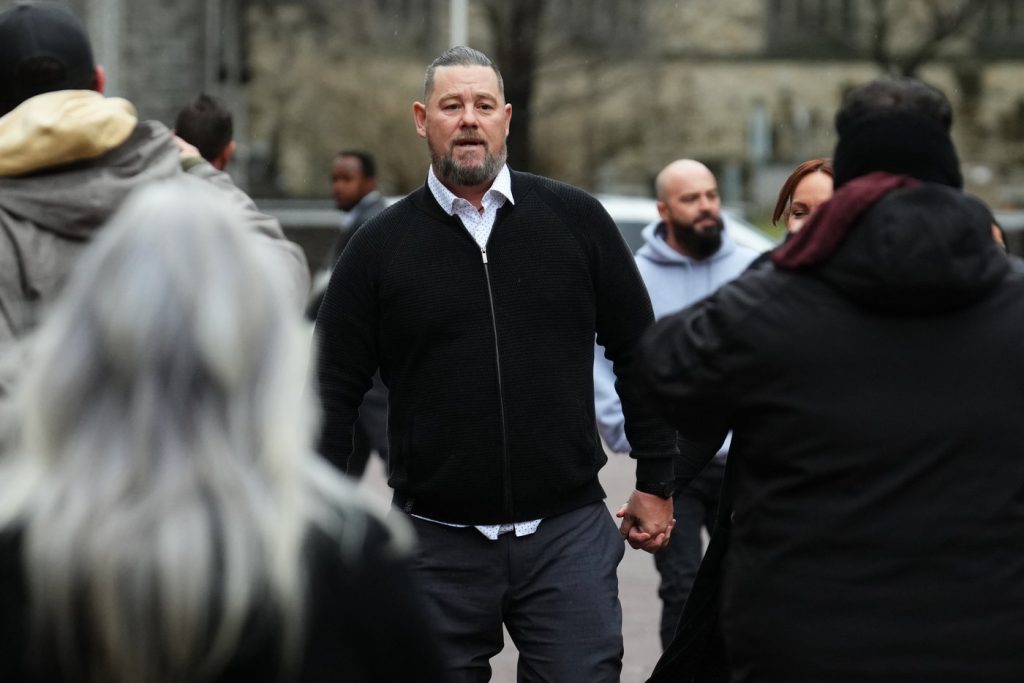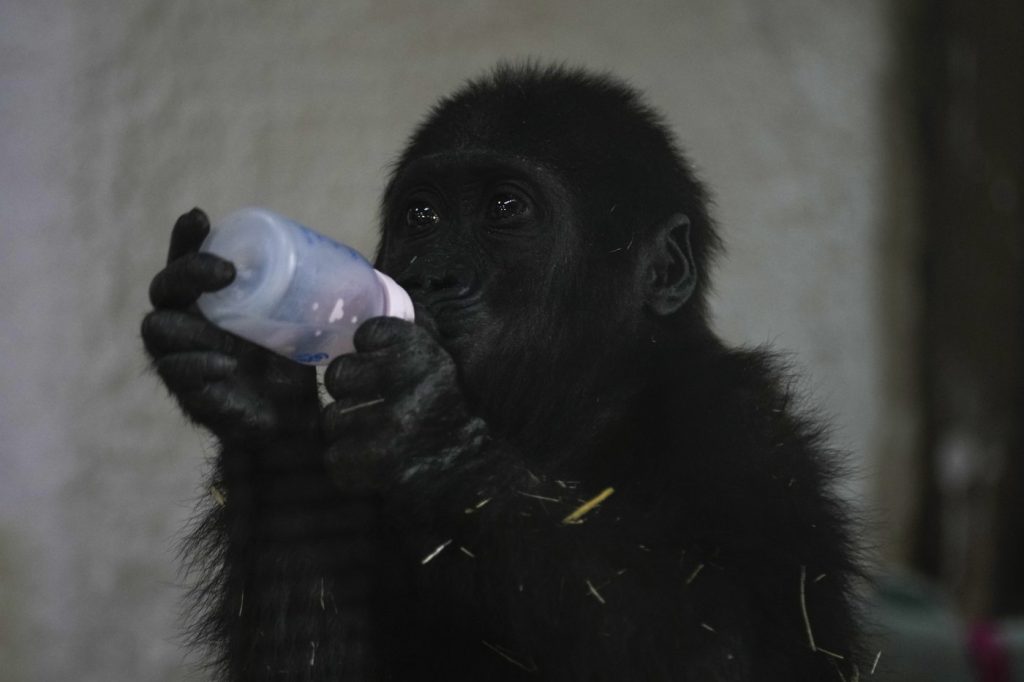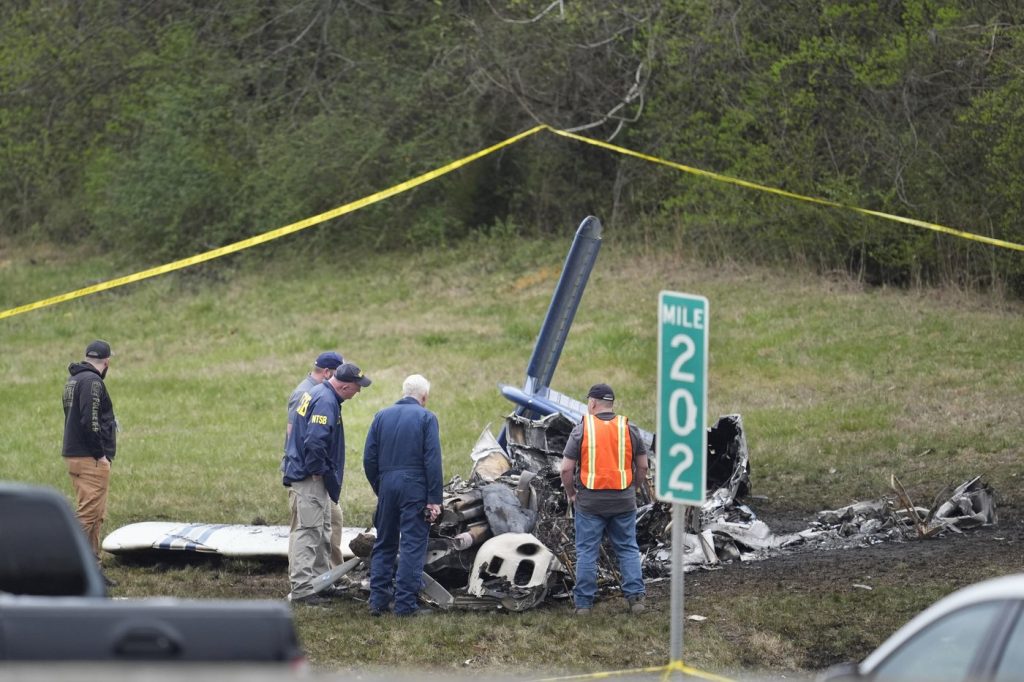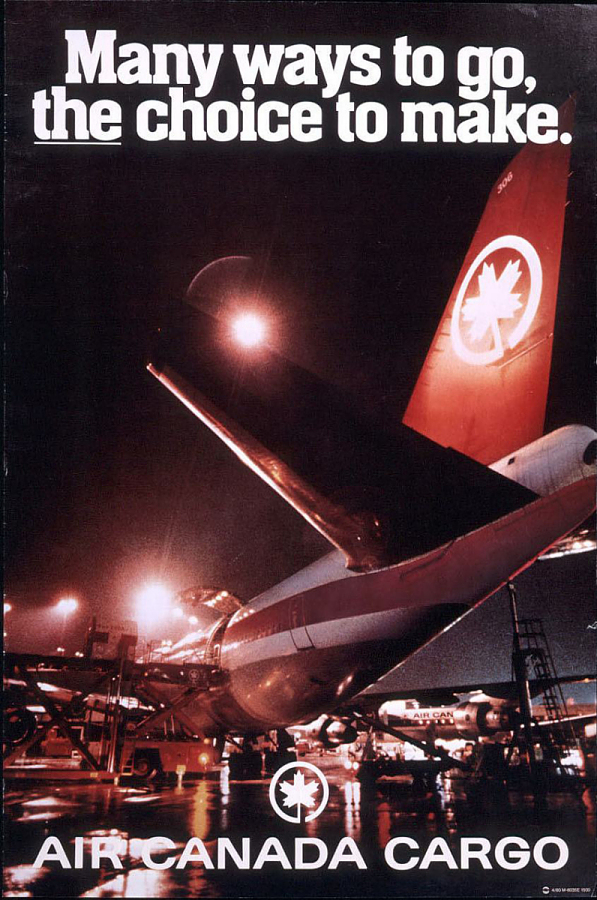President Donald Trump's ultimatum to Russia demands that the Kremlin accept a peace deal in Ukraine within 50 days or face severe sanctions on its energy exports. This has given Russia additional time to pursue its summer offensive against Ukraine, despite the dogged Ukrainian resistance that continues to complicate quick gains for the Russian military. President Vladimir Putin insists that any peace deal must include Ukraine's withdrawal from the four regions that Russia illegally annexed in September 2022, along with Ukraine renouncing its NATO aspirations and agreeing to strict limits on its armed forces. Both Kyiv and its Western allies have rejected these demands.
A severe shortage of manpower and ammunition has compelled Ukrainian forces to concentrate on defending their positions rather than initiating counteroffensives. Amid a recent surge in Russian aerial assaults on Kyiv and other cities, analysts indicate that any substantial territorial breakthroughs by Moscow within the 50-day ultimatum are unlikely. Since the spring, Russian troops have increased their territorial control in eastern Ukraine, capturing significant ground in Donetsk, including villages around the key strongholds of Pokrovsk and Kostyantynivka. If successful in capturing these locations, Russia could move toward Slovyansk and Kramatorsk, setting the stage for a comprehensive takeover of the Donetsk region.
Securing these strongholds would pave the way for Russian advances into the Dnipropetrovsk region, located approximately 150 kilometers (over 90 miles) from current Russian positions. An escalation of the conflict into Dnipropetrovsk could undermine Ukrainian morale and offer Russia greater leverage in any potential negotiations. In the nearby Luhansk region, Ukrainian forces maintain control over a small portion of land, although Moscow appears to have deprioritized its capture. The situation in the Moscow-annexed regions of Kherson and Zaporizhzhia remains challenging for Russia, with recent attempts to reclaim territory met with stiff Ukrainian resistance.
The Russian strategy also includes creating a "buffer zone" in northeastern Ukraine's Sumy region, a response to incursions by Ukrainian troops operating in Russia's Kursk region. President Putin described operations in Sumy as necessary to protect Russian territory from Ukrainian attacks, although military analysts argue that Russian forces lack the strength to fully capture the regional capital, Sumy. Additionally, Russian forces are conducting operations in the neighboring Kharkiv region but have faced fierce resistance, resulting in limited progress.
Ukrainian commanders suggest that the slow pace and high casualties of Russian operations indicate that significant gains are unattainable. Although Ukrainian forces may feel outnumbered and outgunned, they are leveraging drone technology to counter the slow Russian advances. Drones assist both sides in tracking troop movements and executing quick attacks. Russian military commentators acknowledge that Ukraine’s adeptness with drones makes rapid territorial gains for Moscow improbable. As part of a broader strategy, Russia seeks to exhaust Ukrainian forces through sustained pressure across various fronts, aiming for cumulative small victories that could ultimately dictate the war's outcome.
Delays in U.S. military assistance have frustrated Ukrainian troops, forcing them to ration ammunition and scale back operations amid intensified Russian assaults. The United States has announced plans to sell weapons to NATO allies in Europe, facilitating supplies to Ukraine, including crucial Patriot air defense systems. Analysts emphasize the importance of expedited weapon shipments from European countries to bolster Ukraine's capacity to repel Russian attacks. Given the accelerating rate of Russian advances, European allies can meet most of Ukraine’s immediate military needs, provided they can acquire specific critical weaponry from the U.S.



